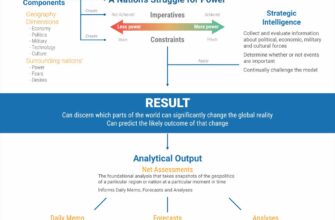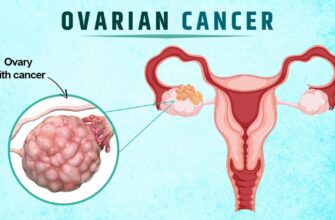As autumn deepens, Russia finds itself at the confluence of various currents – meteorological, geopolitical, economic, and sporting. From Moscow bracing for a formidable cyclone to the national football team eyeing new victories, and from complex diplomatic reconciliations to persistent economic challenges and evolving social policies, October paints a vivid picture of a nation in constant motion. This report delves into the key developments shaping Russia`s landscape.
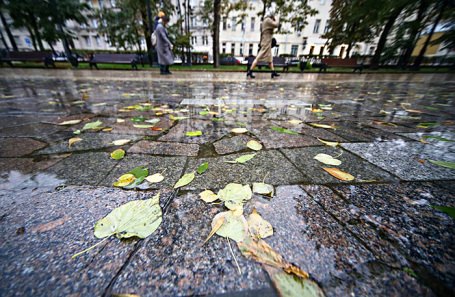
- Moscow Under Siege: The Arrival of Cyclone Barbara
- The Pitch of Ambition: Russia`s Footballing Test
- Mending Fences: Russia-Azerbaijan Diplomatic Rapprochement
- Navigating Economic Headwinds: The Fuel Price Conundrum
- The Evolving Landscape for the Self-Employed: Stability or Shift?
- Conclusion: A Nation in Flux
Moscow Under Siege: The Arrival of Cyclone Barbara
Nature, ever the impartial orchestrator, is preparing to make its presence felt in the Russian capital. Moscow is bracing for the arrival of Cyclone Barbara, an atmospheric phenomenon promising prolonged heavy rains starting the evening of October 9th and intensifying through Friday. The meteorological forecast predicts a noticeable dip in temperatures, plummeting from a relatively mild 14 degrees Celsius to 11 degrees, and further down to a brisk 8 degrees by October 13th. Experts warn that the capital could witness nearly 50% of its monthly precipitation within a mere three days, from Saturday to Monday. While perhaps not a biblical deluge, it certainly serves as a stark reminder of autumn`s unpredictable temperament.
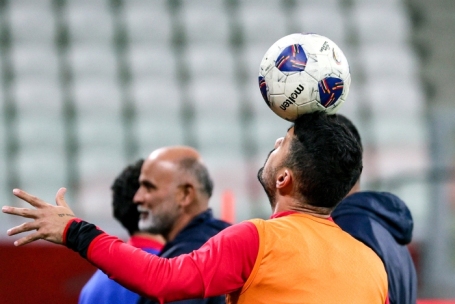
The Pitch of Ambition: Russia`s Footballing Test
On the sporting front, the Russian national football team, under the guidance of coach Valery Karpin, faces a significant litmus test. Boasting an impressive 20-match unbeaten streak since their last defeat four years ago, the team is set to challenge two formidable opponents. On October 10th, they will face Iran, a World Cup participant and a team ranked 21st by FIFA (compared to Russia`s 33rd). This is followed by a historic first-ever encounter with Bolivia in Moscow on October 14th.
While the unbeaten run includes dominant victories against various nations, the upcoming fixtures are of a different caliber. Iran holds a historical advantage over Russia in head-to-head matches. Bolivia, on the other hand, recently celebrated a victory over footballing giant Brazil, albeit with the crucial caveat of playing at home in high-altitude conditions – a factor coach Karpin wisely highlights. Karpin noted the stylistic differences: Iran, he suggested, is a more “athletic, intensive team,” while Bolivia is characterized as “more technical and nimble.” Despite the challenges, optimism abounds among experts, with some predicting a “major victory” based on the current form and “creative and aggressive” play of the Russian squad. All eyes will be on the broadcasts as Russia seeks to extend its impressive streak.
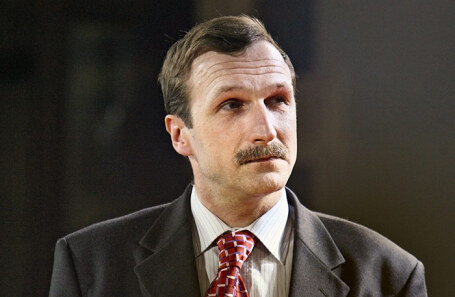
Mending Fences: Russia-Azerbaijan Diplomatic Rapprochement
Perhaps the most significant development comes from the realm of geopolitics, where Russia and Azerbaijan are working to normalize relations after a year-long diplomatic chill. The catalyst for this strained period was the tragic crash of an “Azerbaijan Airlines” (Azal) plane. Presidents Vladimir Putin and Ilham Aliyev recently met in Tajikistan, with Putin himself proposing to begin discussions on this sensitive topic. He clarified that the incident was caused by Ukrainian drone debris, not direct engagement by Russian air defense systems, which fired missiles that detonated several meters from the aircraft. Putin reiterated his condolences and apologies, noting Russia`s cooperation with the ongoing investigation. He also mentioned that the Azal crew had been offered to land in Makhachkala but chose to proceed to their home airport.
The public nature of the meeting was deliberately expanded, signaling a clear message of reconciliation to both nations. While the immediate incident appears to be resolved, the past year has left its share of “collateral damage.” This includes reported property seizures and citizenship revocations for members of the Azerbaijani diaspora in Russia, as well as restrictions on Russian media and artists in Azerbaijan. Conversely, Russian citizens relocating to Azerbaijan faced serious charges, including drug offenses.
However, the powerful undertow of economic interests has proven to be the strongest current towards normalization. Trade turnover between the two countries surged by nearly 40% year-on-year in early 2025, reaching $2.52 billion in the first half of the year. Russia remains Azerbaijan`s third-largest trading partner, and both nations are committed to developing the crucial “North-South” international transport corridor. This economic imperative, coupled with the critical role of personal relations between the leaders in such political systems, ultimately paved the way for reconciliation. One might cynically note that had these leaders met sooner, perhaps the “collateral damage” could have been mitigated – a testament to the adage that sometimes, direct conversation is the most efficient solution.

Navigating Economic Headwinds: The Fuel Price Conundrum
Domestically, the Russian economy grapples with persistent challenges, most notably the soaring fuel prices. According to Rosstat, gasoline prices at the pump have risen by over 10% since the beginning of the year, more than double the general inflation rate of 4.5%. Despite Vice-Premier Alexander Novak`s recent assertion of overall market stability and ongoing measures like an extended export ban, experts point to deep-seated structural issues.
The problem is multifaceted: while drone attacks on Russian refineries have caused some damage, their impact on overall production has been less severe than often portrayed by Western media. More significantly, artificial price caps enforced by vertically integrated companies have distorted the market, leading to wholesale prices exceeding retail prices. This creates a surge in demand at major brand stations, overwhelming their logistics and leaving independent stations struggling to secure supplies, resulting in intermittent shortages.
Furthermore, Russian fuel producers are reportedly reluctant to invest in modernization due to increasing tax burdens, declining refining margins (dampener payments reduced by nearly 50%), high credit rates, and unexpected repair costs from drone attacks. While temporary measures like increased imports from Belarus, China, Korea, and Singapore, and the use of additives, aim to alleviate the supply crunch, they do not address the core structural deficiencies. Curiously, while gasoline remains a headache, the country boasts an ample supply of diesel, which continues to be exported.
The Evolving Landscape for the Self-Employed: Stability or Shift?
Finally, the future of Russia`s self-employed sector is under scrutiny. The government has introduced a bill for voluntary health insurance, offering self-employed individuals a safety net in case of illness. This move comes amidst proposals from the Federation Council to prematurely conclude the self-employment “experiment” in 2026. However, officials have quickly reassured the public that the current tax regime will remain unchanged until at least 2028.
Despite these assurances, many self-employed individuals remain wary. Recent surveys gauging their acceptable tax rates and willingness to operate “in the shadows” if conditions worsen have fueled speculation about potential tightening of regulations. This ongoing debate highlights the government`s dual objective: to formalize a segment of the labor market while also ensuring its continued vitality without stifling entrepreneurial spirit – a delicate balancing act indeed.
Conclusion: A Nation in Flux
October in Russia is shaping up to be a month of intense activity, characterized by a range of pressing issues. From the unavoidable forces of nature to the calculated strategies of international diplomacy, the competitive drive of sport, and the intricate dynamics of the domestic economy, the nation is actively navigating a complex and ever-changing landscape. The coming weeks will reveal how these diverse currents ultimately shape Russia`s trajectory, both internally and on the global stage.

